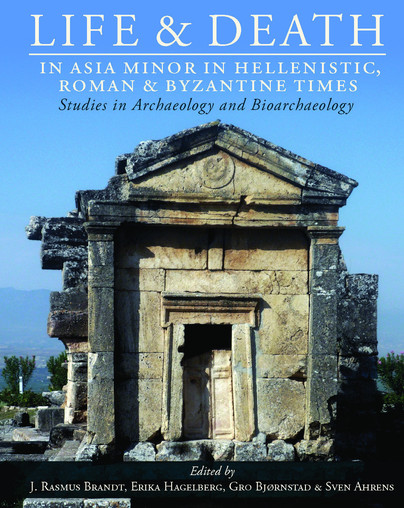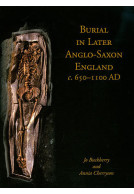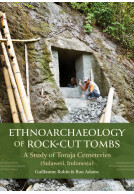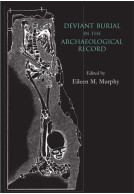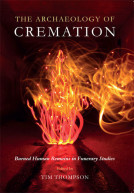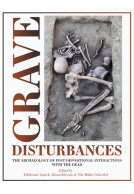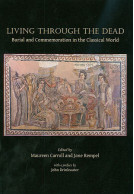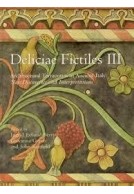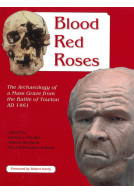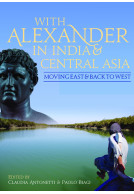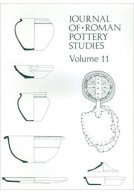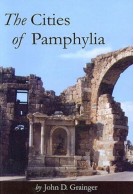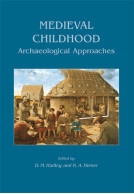Google Books previews are unavailable because you have chosen to turn off third party cookies for enhanced content. Visit our cookies page to review your cookie settings.
Life and Death in Asia Minor in Hellenistic, Roman and Byzantine Times (Hardback)
Studies in Archaeology and Bioarchaeology
Imprint: Oxbow Books
Series: Studies in Funerary Archaeology
Pages: 432
ISBN: 9781785703591
Published: 31st January 2017
Script Academic & Professional
Series: Studies in Funerary Archaeology
Pages: 432
ISBN: 9781785703591
Published: 31st January 2017
Script Academic & Professional
You'll be £19.95 closer to your next £10.00 credit when you purchase Life and Death in Asia Minor in Hellenistic, Roman and Byzantine Times. What's this?
+£4.99 UK Delivery or free UK delivery if order is over £40
(click here for international delivery rates)
Need a currency converter? Check XE.com for live rates
(click here for international delivery rates)
Need a currency converter? Check XE.com for live rates
Life and Death in Asia Minor combines contributions in both archaeology and bioarchaeology in Asia Minor in the period ca. 200 BC – AD 1300 for the first time. The archaeology topics are wide-ranging including death and territory, death and landscape perception, death and urban transformations from pagan to Christian topography, changing tomb typologies, funerary costs, family organization, funerary rights, rituals and practices among pagans, Jews, and Christians, inhumation and Early Byzantine cremations and use and reuse of tombs. The bioarchaeology chapters use DNA, isotope and osteological analyses to discuss, both among children and adults, questions such as demography and death rates, pathology and nutrition, body actions, genetics, osteobiography, and mobility patterns and diet. The areas covered in Asia Minor include the sites of Hierapolis, Laodikeia, Aphrodisias, Tlos, Ephesos, Priene, Kyme, Pergamon, Amorion, Gordion, Boğazkale, and Arslantepe.
The theoretical and methodological approaches used make it highly relevant for people working in other geographical areas and time periods. Many of the articles could be used as case studies in teaching at schools and universities. An important objective of the publication has been to see how the different types of results emerging from archaeological and natural science studies respectively could be integrated with each other and pose new questions on ancient societies, which were far more complex than historical and social studies of the past often manage to transmit.
Other titles in the series...
Other titles in Oxbow Books...







